Plant of the Month: January 2023
|
| Salad Peperomia |
| Peperomia pellucida (L.) Kunth |
| = Piper pellucidum L. |
PIPERACEÆ; Pepper Family
|
| Houseplant collections such as mine have weeds --just like outdoor gardens do. Similarly, most weeds are edible, some being delicious and nutritious. Most weeds in my collection are perennial. One is annual: Peperomia pellucida. This little plant is native in tropical and subtropical America, tropical Africa, and Madagascar, but is now wild all over the world in appropriate climates, in wet places, and on walls; as well as in many greenhouses. Cold is its nemesis. It has diverse common names: Shiny bush. Shine Bush. Silver Bush. Pepper Elder. Man-to-man. Rock Balsam. Rat-ear. (Vietnamese) Crab-Claw Herb. Wall Cress. Salad Peperomia. Soldier's Purslane. Wild Pepper. Greenhouse Tea-plant. |
| Though a little plant mostly less than a foot high, it grows rapidly, and even while tiny it makes many seeds. As with most Peperomia species, it tolerates or even prefers shady sites. |
| In 2010 I paid $5 to buy a plant of it, and have had offspring on and off since then. In my home, the plants remain small. They produce so little mass that they are not a significant caloric source, though their protein content is comparable to that of other leafy vegetables. Edible raw or cooked, they posssess a mild flavor that recalls a spicy Chickweed (Stellaria media). The seeds provide crunch. |
| I have grown six perennial Peperomia species or hybrids. They all taste similar, more or less recalling celery, lovage or parsley. All are grown easily because they tolerate low light, and are succulent, hence are not sensitive to drying out if not watered daily. Yet Peperomia pellucida strikes me as more thirsty, partly because of its thin leaves, partly because its shallow roots. It does best in a mucky, water-retentive soil. |
| The genus Peperomia is extremely large, with 1,416 species. Its near relative Piper, is mostly woody rather than herbaceous. Peperomia pellucida is the most weedy of all, as far as I know. But it is even grown sometimes as an ornamental, and besides being eaten as a condiment/vegetable, is infused into a tea. It is used in medicine for varied things including its antioxidant properties, burn healing, gastroprotective properties, cytotoxic properties, and antimicrobial properties. |
The whole-plant drawing shown below is from Description des Plantes de l'Amerique by Charles Plumier (1646 - 1704). Whether the plant has flower buds, flowers, or ripe seeds, they are all minute. The heart-shaped leaves are mostly les than 1 inch long. The close-up drawing showing the flowers on the slender 1 - 2 inch long spike is from Alfred Barton Rendle's The Classification of Flowering Plants 1925.
Back |
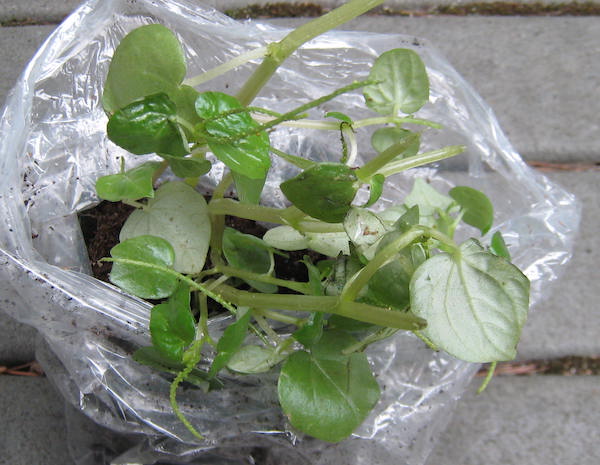
Peperomia pellucida the plant I bought in 2010 ; photo by ALJ
|
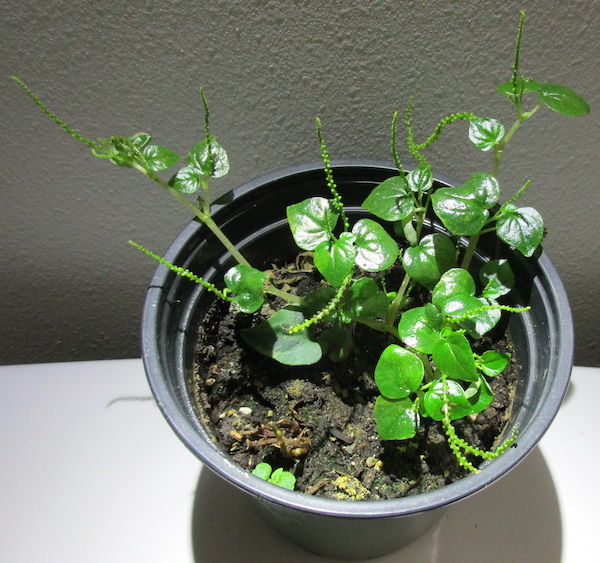
Peperomia pellucida some of my plants in 2023 ; photo by ALJ
|
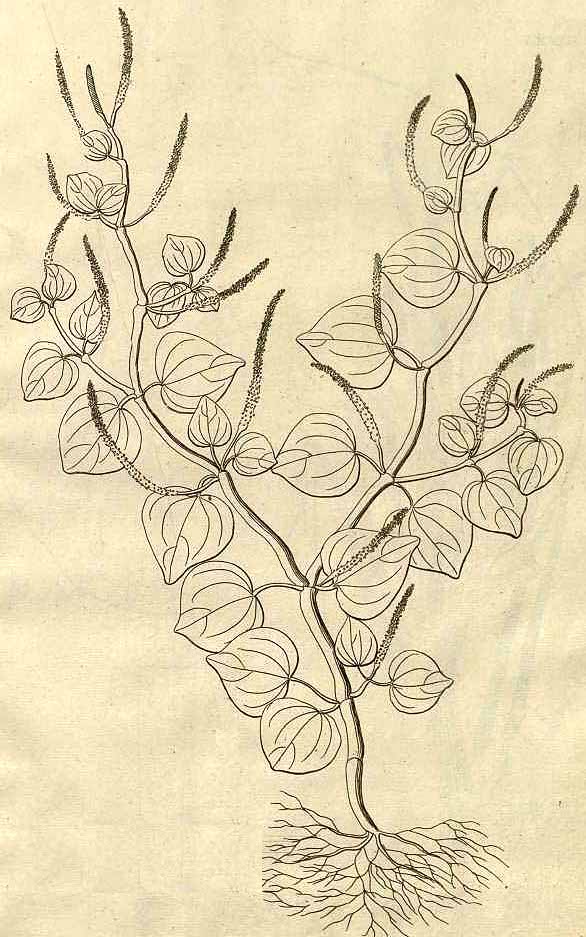
Peperomia pellucida whole-plant drawing
|
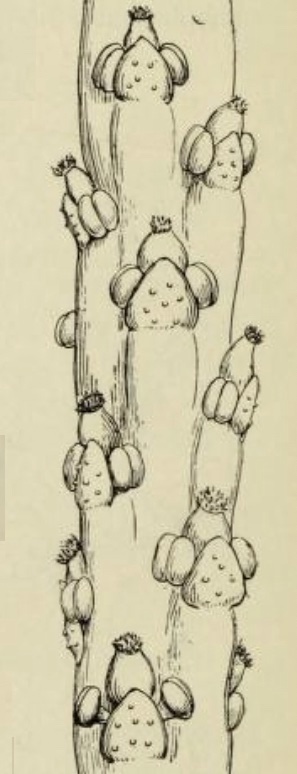
Peperomia pellucida flowers close-up
|
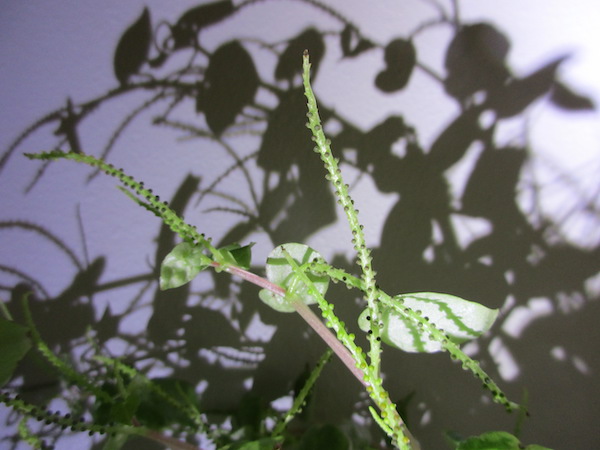
Peperomia pellucida seeds close-up ; photo by ALJ
|
|
|

